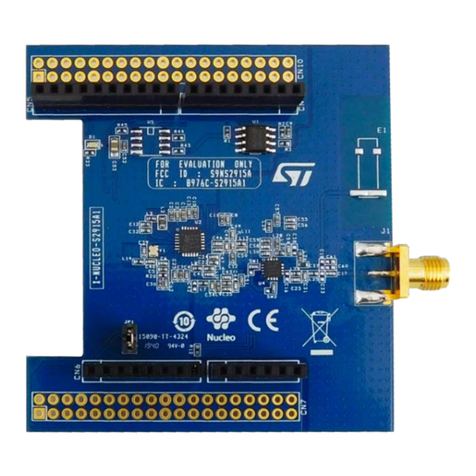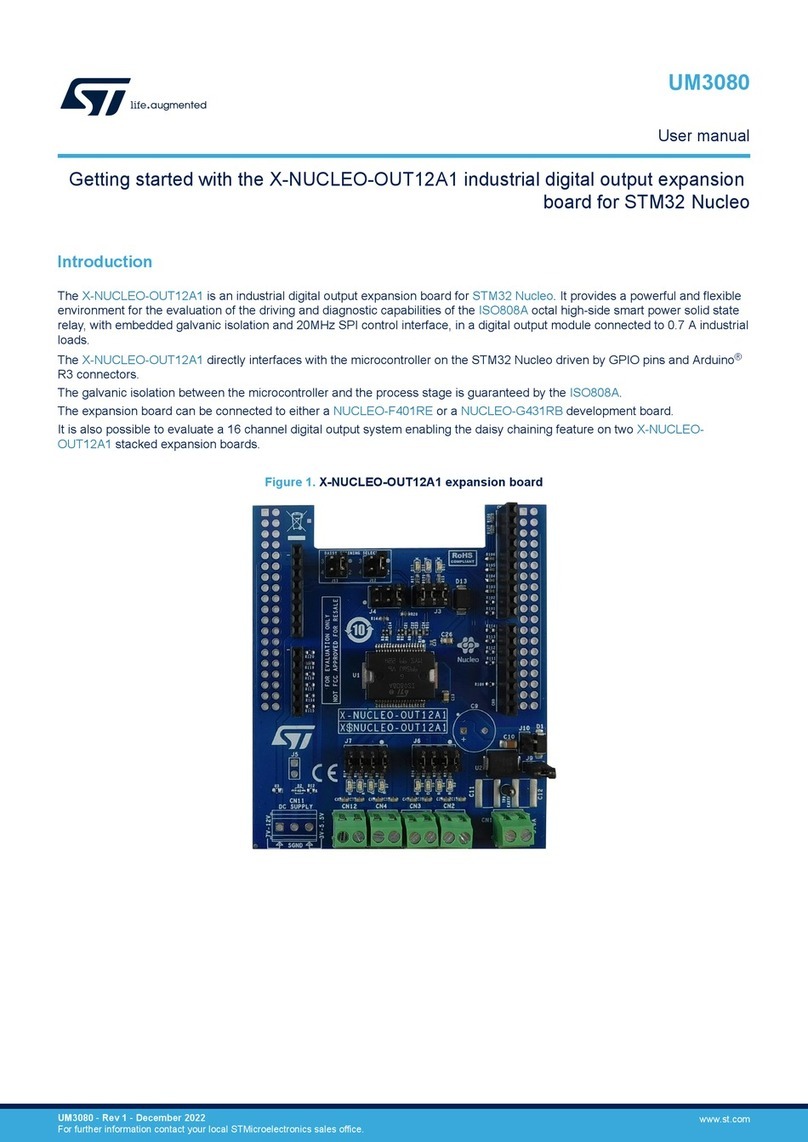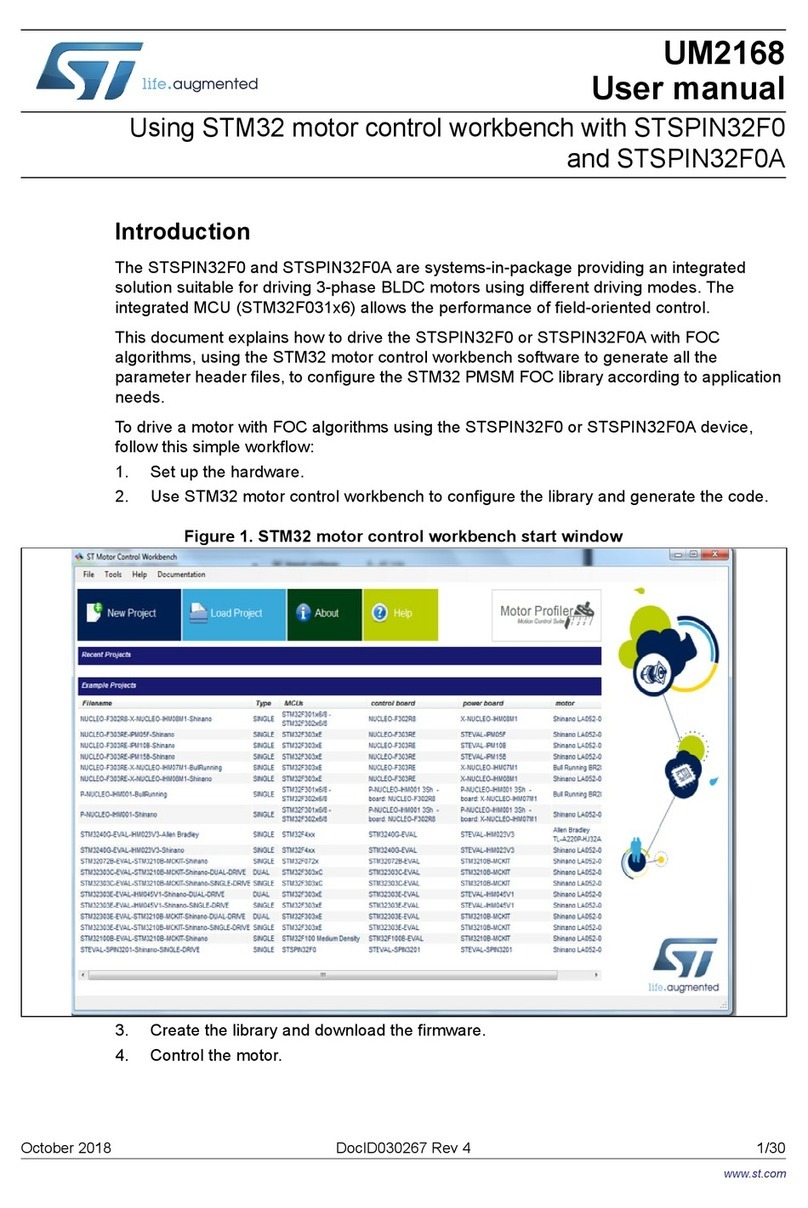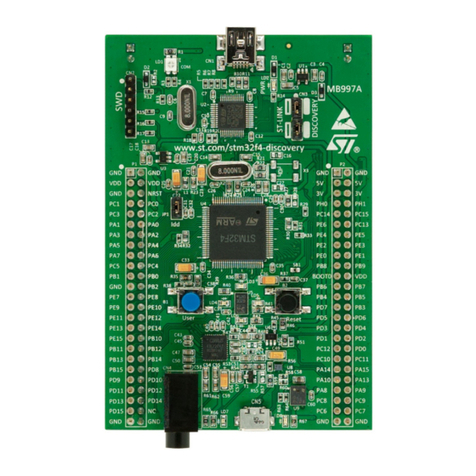ST B-U585I-IOT02A User manual
Other ST Computer Hardware manuals
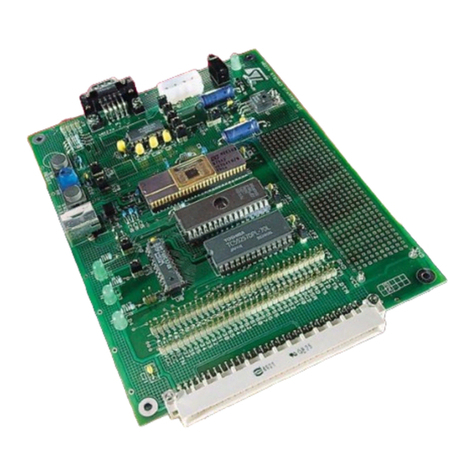
ST
ST ST92163 User manual

ST
ST X-NUCLEO-STMODA1 User manual
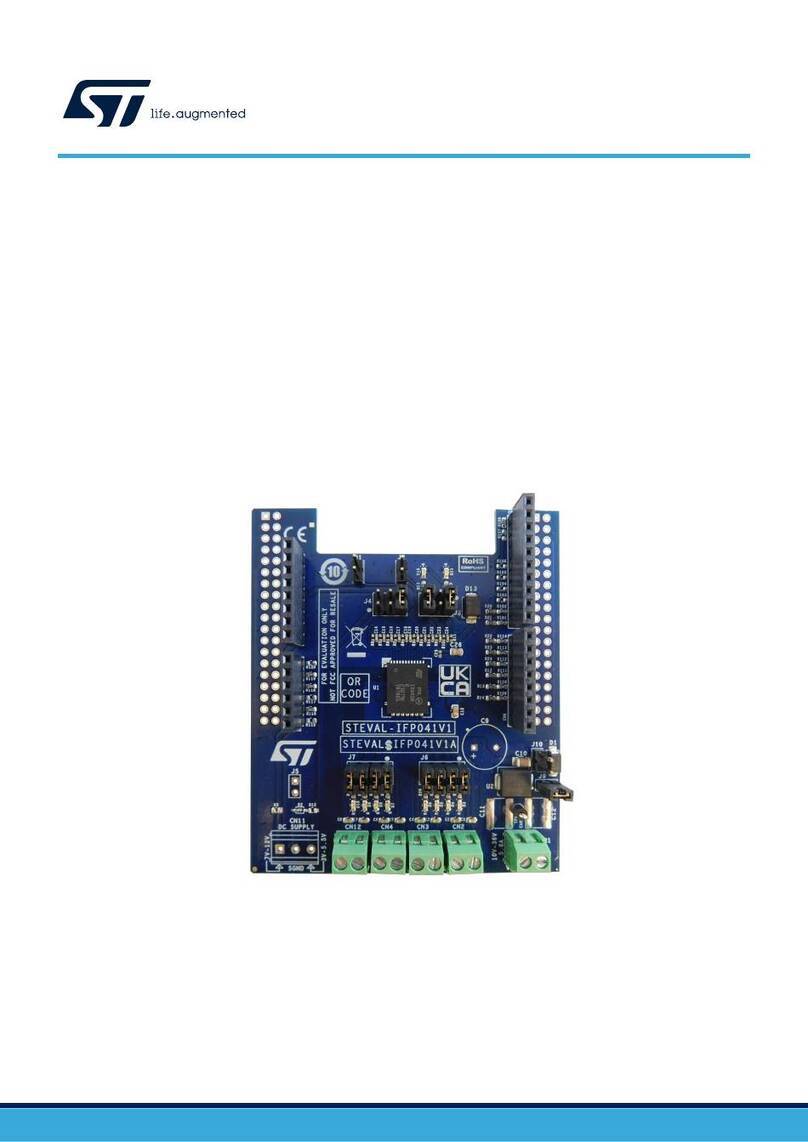
ST
ST STEVAL-IFP041V1 User manual
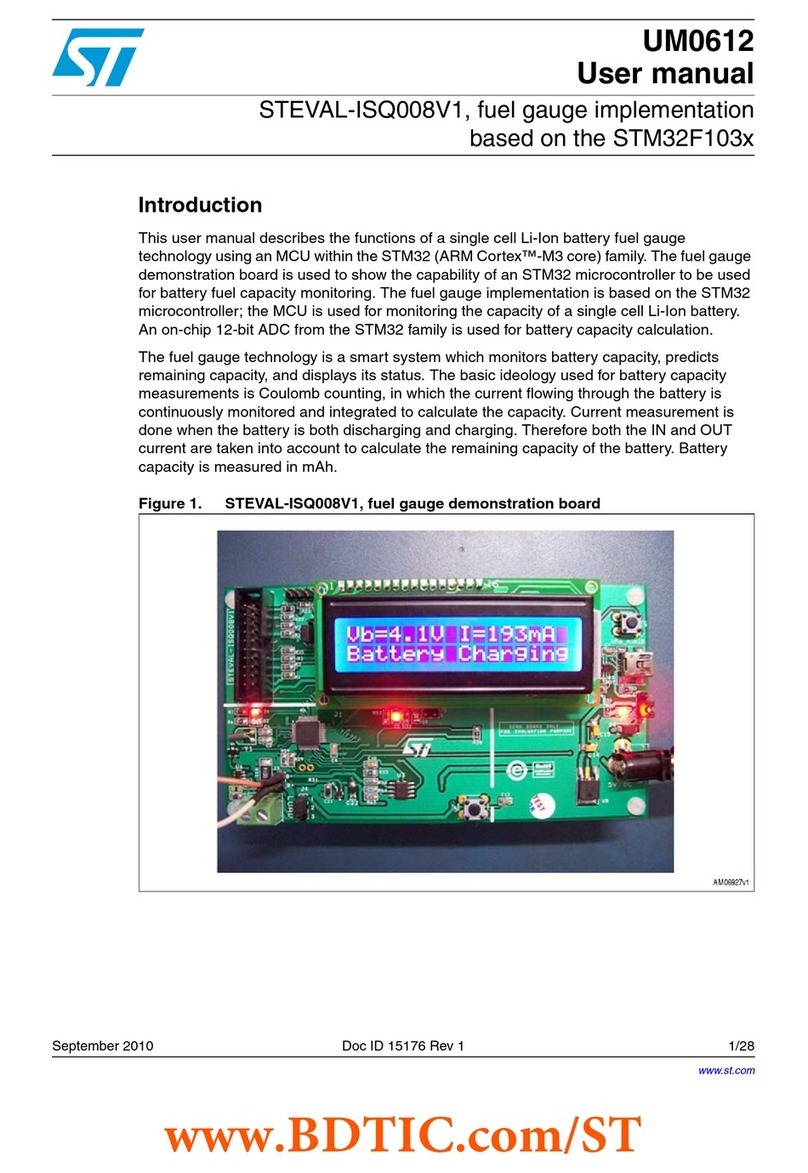
ST
ST STEVAL-ISQ008V1 User manual
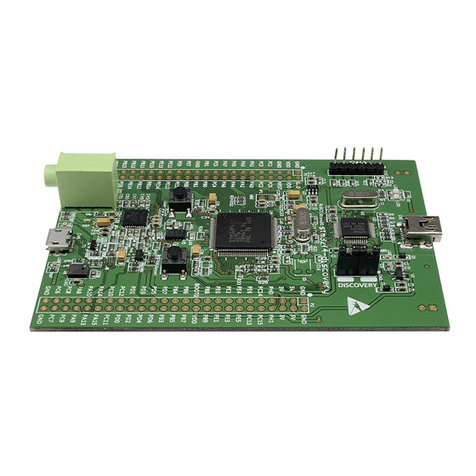
ST
ST STM32F4 Series User manual
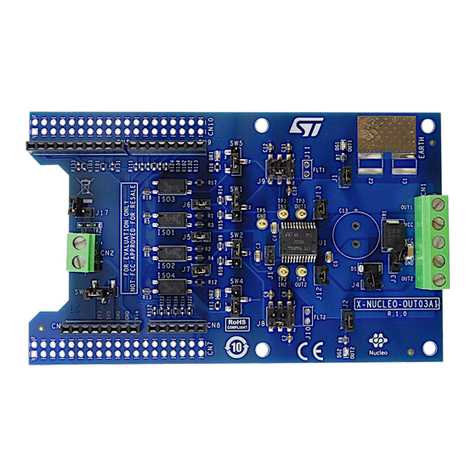
ST
ST UM2727 User manual

ST
ST 32L152CDISCOVERY User manual
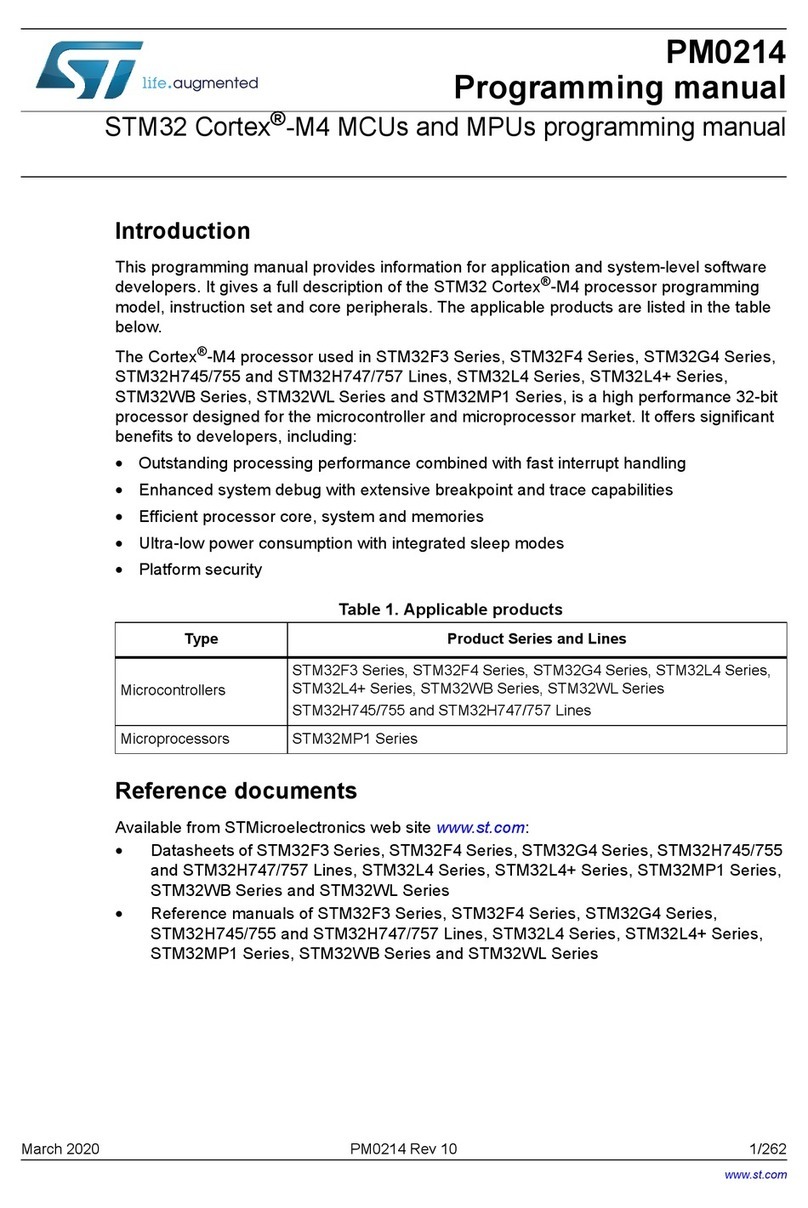
ST
ST STM32F3 Series Owner's manual
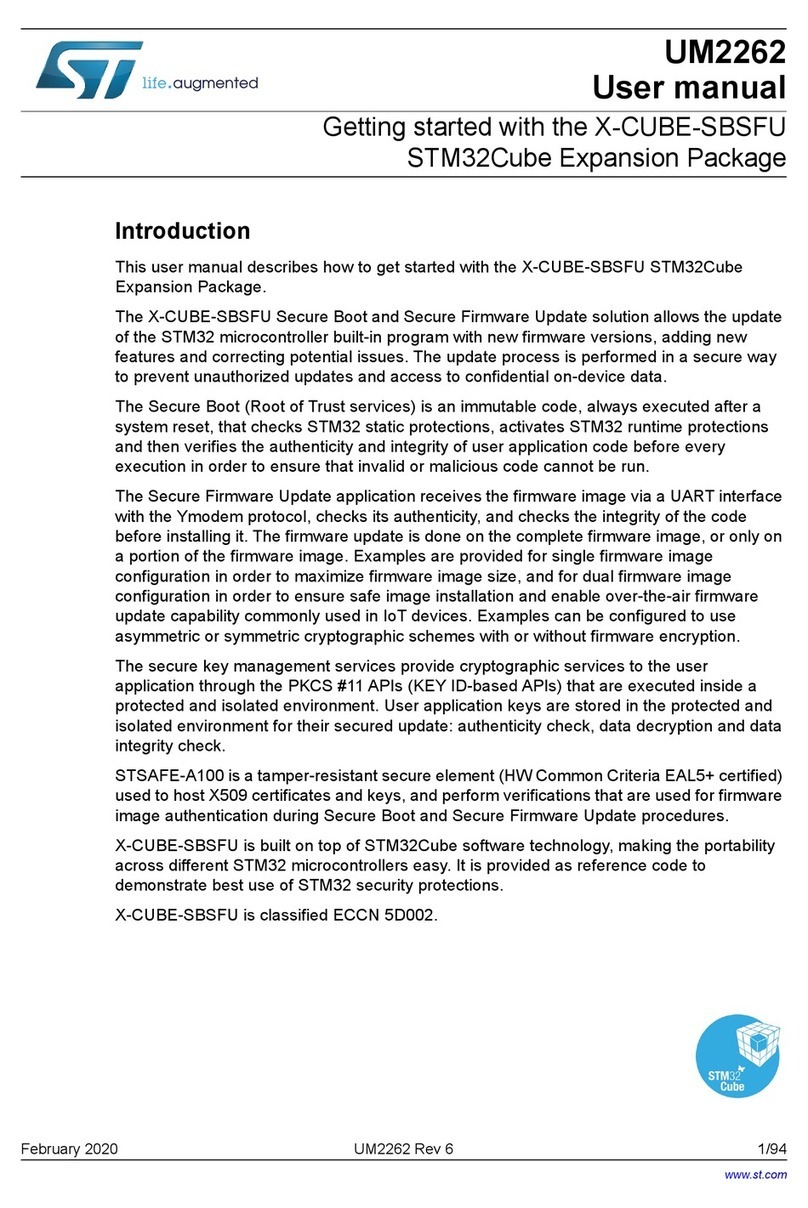
ST
ST X-CUBE-SBSFU User manual
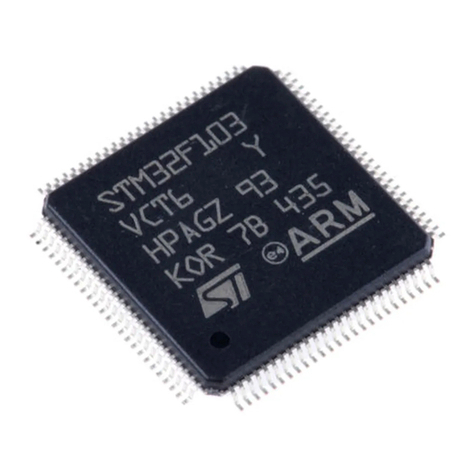
ST
ST ST32M103 Series User manual
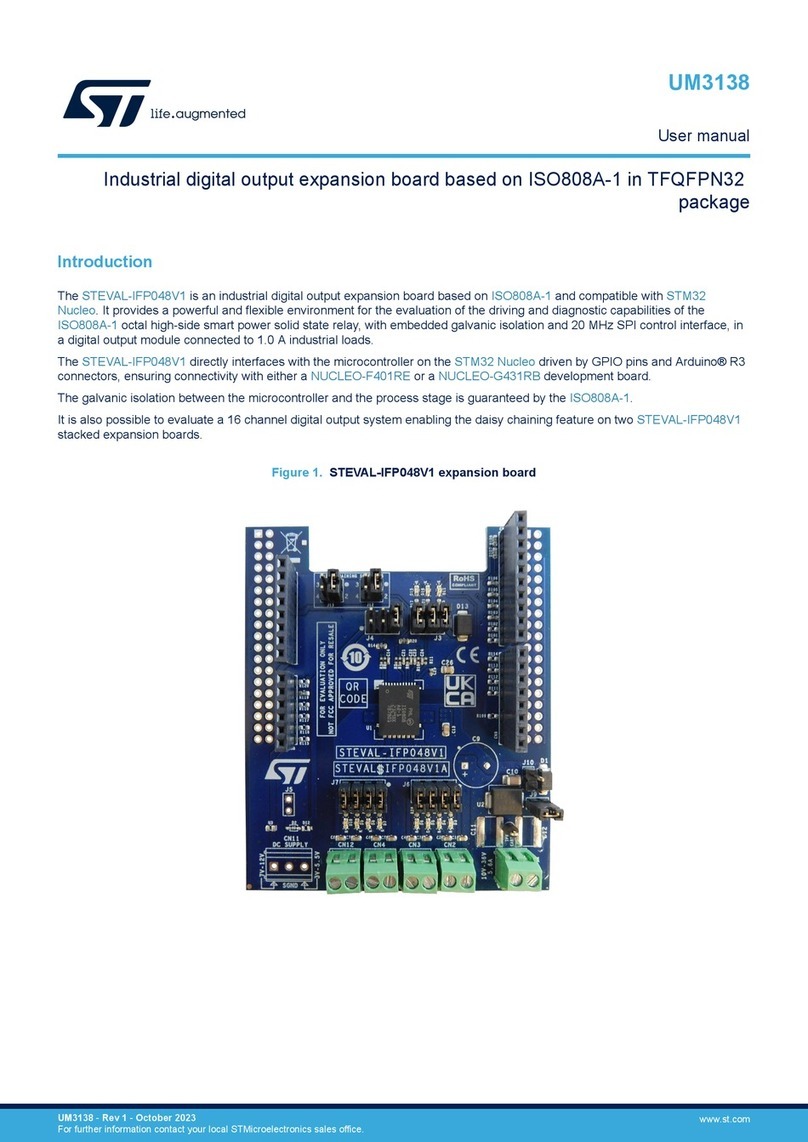
ST
ST STEVAL-IFP048V1 User manual
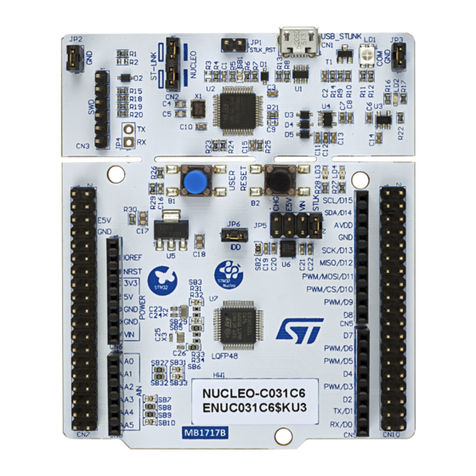
ST
ST STM32 Nucleo User manual
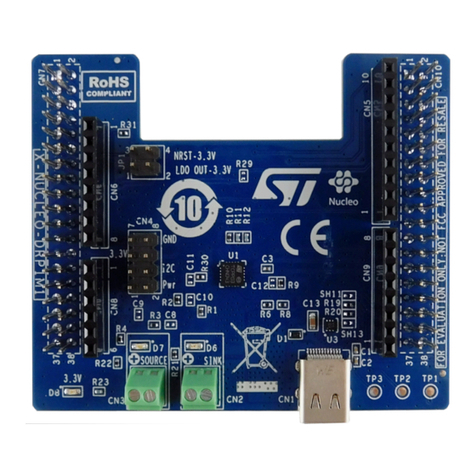
ST
ST X-NUCLEO-DRP1M1 User manual
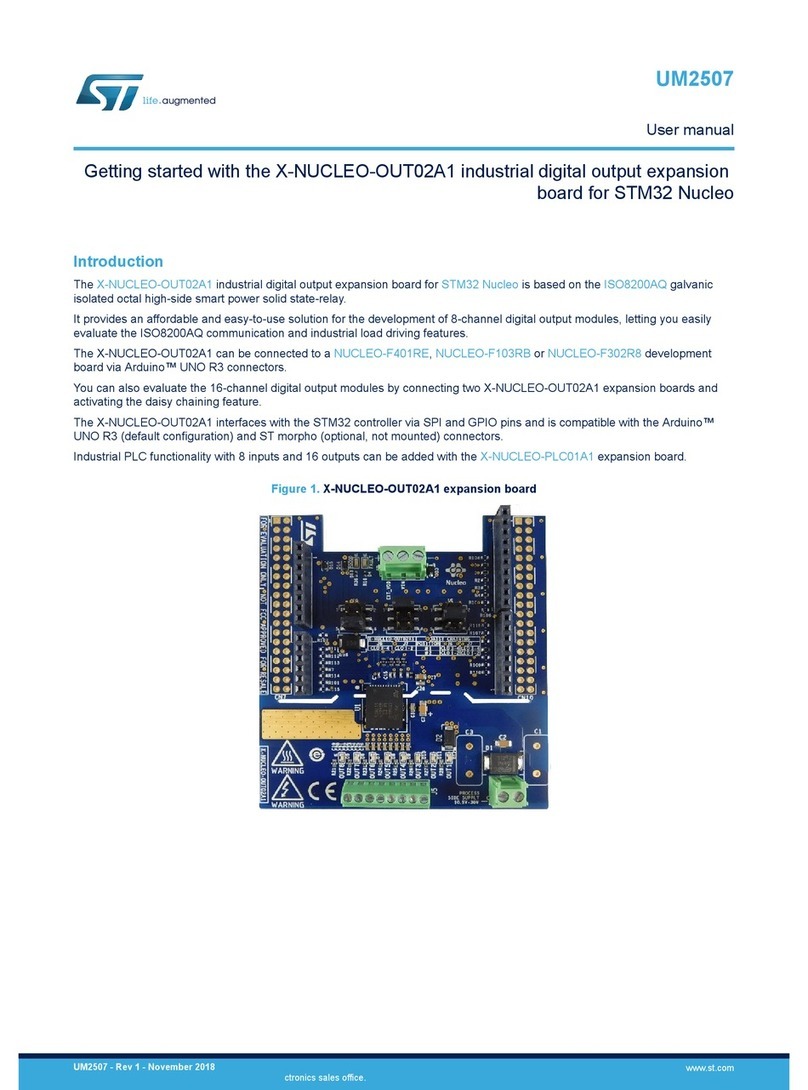
ST
ST X-NUCLEO-OUT02A1 User manual

ST
ST L6470H User manual

ST
ST X-NUCLEO-NFC02A1 User manual

ST
ST X-NUCLEO-IDB04A1 User manual
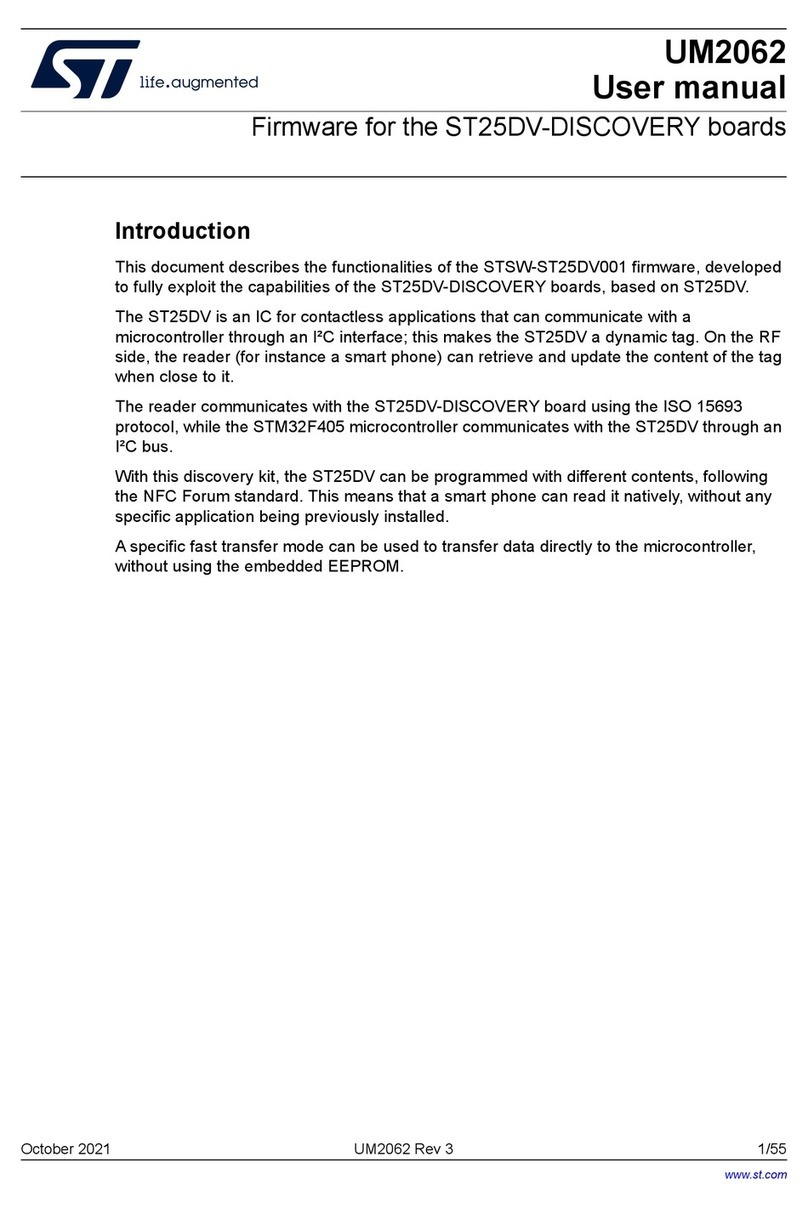
ST
ST ST25DV-DISCOVERY User manual
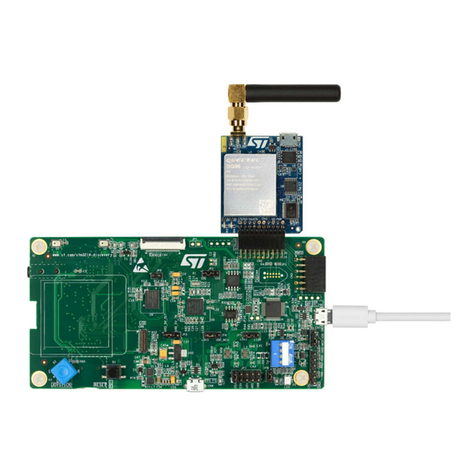
ST
ST STM32 Nucleo User manual

ST
ST STEVAL-IFP042V1 User manual
Popular Computer Hardware manuals by other brands

EMC2
EMC2 VNX Series Hardware Information Guide

Panasonic
Panasonic DV0PM20105 Operation manual

Mitsubishi Electric
Mitsubishi Electric Q81BD-J61BT11 user manual

Gigabyte
Gigabyte B660M DS3H AX DDR4 user manual

Raidon
Raidon iT2300 Quick installation guide

National Instruments
National Instruments PXI-8186 user manual

Intel
Intel AXXRMFBU4 Quick installation user's guide

Kontron
Kontron DIMM-PC/MD product manual

STEINWAY LYNGDORF
STEINWAY LYNGDORF SP-1 installation manual

Advantech
Advantech ASMB-935 Series user manual

Jupiter
Jupiter RAM PACK instructions
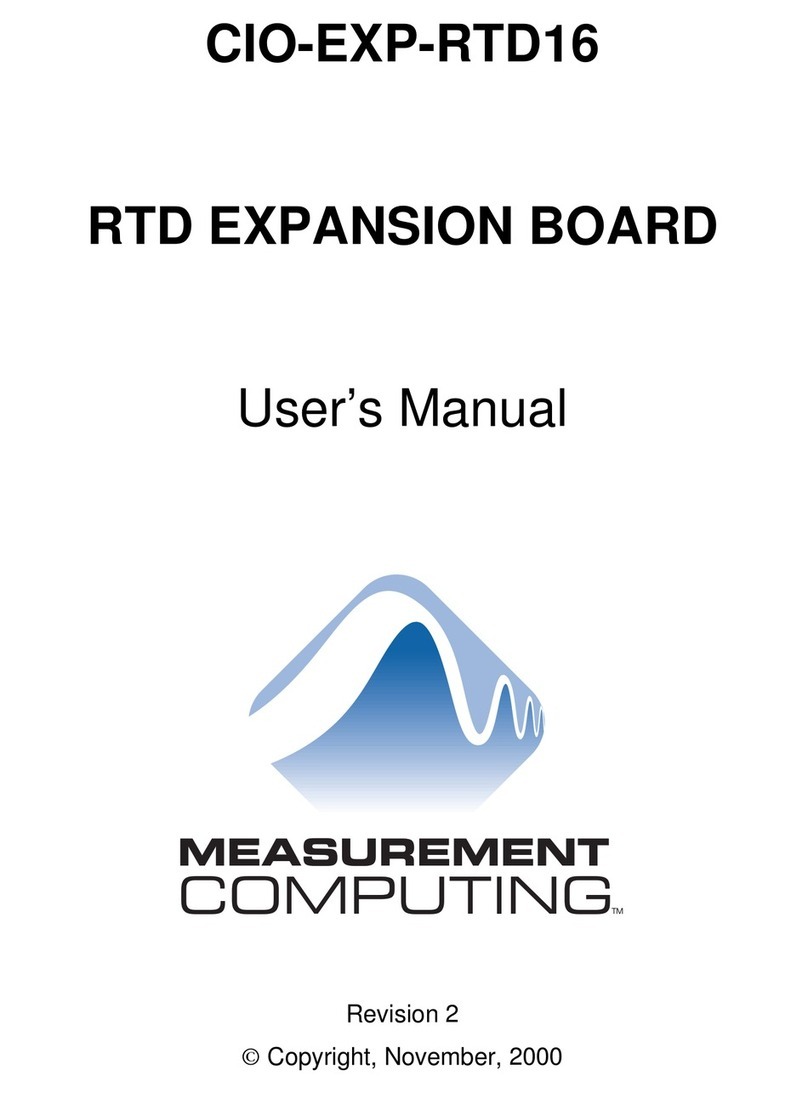
Measurement Computing
Measurement Computing CIO-EXP-RTD16 user manual
